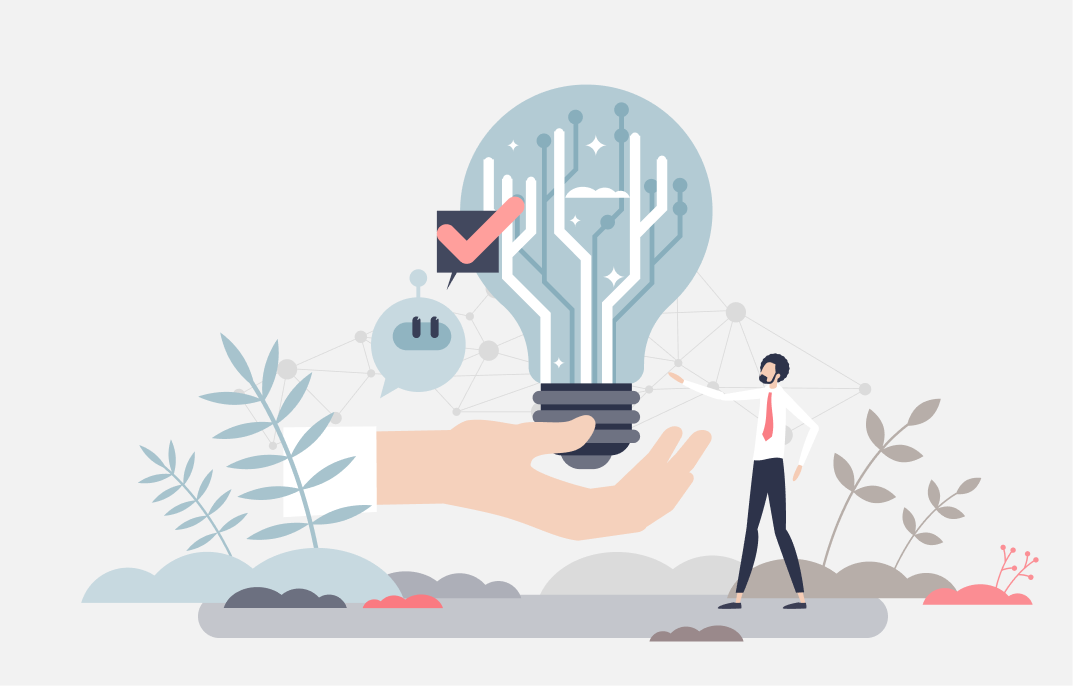One of a UX designer's critical responsibilities is understanding their user's needs, desires, and motivations. The best UX designers use every tool possible to engage their users and empathize with them so they can understand their experience relative to the product they're building.
One of the best tools to achieve this is a journey map.
User journey maps are visual aids that help outline a user's experience with a product, service, or feature. If you genuinely want to understand your users and enhance their experiences with your products, you need to use journey maps.

What Is a User Journey Map?
A user journey map is a visual tool that outlines a user's path to achieving a specific goal. Typically structured in three parts, it starts with the user's persona, scenario, and goals at the top, moves through the user's phases, thoughts, and feelings in the middle, and ends with insights and opportunities at the bottom.
The user journey mapping process allows product teams to examine every step a user takes through a shared experience. It provides insights into what works and doesn't work from the user's perspective. It's one of the best tools for visualizing a user experience and uncovering pain points and moments of pleasure.
Looking closer at the details, user journey maps provide various qualitative benefits, such as:
- Increasing empathy for the user across teams
- Understanding differences between users as they move through their journeys
- Validating the user's expectations measures against their actual experiences
- Optimizing individual stages in the user journey
Our Next Station Is Types of User Journey Maps.
At their core, journey maps are about understanding the user experience. But because every business is different, the approach each takes to create its maps varies. These variations depend on what they're hoping to understand about their users. And those users' experiences as well as business goals.
Current State Journey Maps
When people familiar with UX think of journey maps, they probably think of current state maps. The most common kind of map they're all about the experience a user has in the present. They're the current state of a product or service being examined. But they're what users think and feel when they experience something in the here and now.
Current state maps are best for teams looking to improve on established experiences. They examine existing pain points and concerns your users have with your products and services, so they're perfect for identifying and understanding user pain points.
Day in the Life Journey Maps
A day in the life map also focuses on existing experiences your users have, but it takes a more holistic approach. These maps consider the experiences a user has throughout their day — not just with your brand's offerings but with other products, services, and experiences in their daily life.
Future State Journey Maps
Future state maps concern how users think and feel about a future experience. Compared to other maps, they're more creative and innovative than data-driven and focused more on a user's hopes and desires. Their purpose is more about creating future experiences for the user and understanding how they'll think and feel about those experiences.
Blueprint Journey Maps
Blueprint maps, sometimes called service blueprints, are more abstract journey maps. They start with simplified versions of other maps and then build on them with systems, policies, processes, and other technologies that impact the user's experience.
Most of the time, they're built on current or future state maps. When built using current state maps, they can provide insights into the root causes of user pain points and concerns. With future maps, they can help you understand what kind of infrastructure of people and technology you'll need to facilitate the goal experience.
How To Create a User Journey Map From Scratch
Building a user journey map is different for every team and every situation, so there aren't any one-size-fits-all templates. But some elements common to all journey maps get the ball rolling when you set out to build your own.
You'll need to figure out:
- User persona: Who's the focus of this journey map? A journey map should focus on just one perspective
- Scenario: What's the scenario you're looking at? Describe in detail the situation the user is experiencing
- Goals and Expectations: What are the user's goals and expectations? Describe their needs and motivations
Define the Stages
You'll need to define each stage of the journey you'll map. An excellent way to do this is to flesh out the first and last stages of the experience and then start filling in the gaps.
Be sure each stage you add is meaningful.
Define the Actions
Building off of each stage, you can start defining the actions your user takes during each one. Again, focus on meaningful actions. Hone in on your users' steps to progress from stage to stage.
Consider All Touchpoints
Be sure to take note of every interaction the user has during their journey, including any people, products, services, or tools they encounter or use. This is important for understanding the user's mental state and identifying opportunities for improving the experience with additional or new offerings.
You'll also want to take note of the channels your users engage on. You can refer back to the user persona for insights on this.
Empathize and Categorize
Next, hop into your user's shoes and ask yourself what they think and feel as they take action. You can uncover insights into how your users react during each stage of their experience by creating an empathy map.
At this point, you can begin categorizing different concepts, feelings, and ideas.
Create the Map
Journey maps are creative documents. Some are straightforward, while others are more polished. Design the journey map, which typically includes three sections: the user persona and scenario at the top, actions and thoughts in the middle, and insights at the bottom. Utilize available templates if needed.
User journey maps are essential for deeply understanding users and enhancing their experiences, providing valuable insights that can inform and improve your product or service.

Conclusion
User journey maps are essential for deeply understanding users and enhancing their experiences. By mapping out each stage of the user journey, you gain valuable insights that can inform and improve your product or service.
If you're ready to leverage user journey mapping to enhance your user experience, our UX design services are here to help. Our team specializes in creating detailed and impactful journey maps tailored to your needs. Contact us today to see how we can help you transform your user experiences and achieve your business goals. Let’s work together to make your users' journeys exceptional.

Heading 1
Heading 2
Heading 3
Heading 4
Heading 5
Heading 6
Lorem ipsum dolor sit amet, consectetur adipiscing elit, sed do eiusmod tempor incididunt ut labore et dolore magna aliqua. Ut enim ad minim veniam, quis nostrud exercitation ullamco laboris nisi ut aliquip ex ea commodo consequat. Duis aute irure dolor in reprehenderit in voluptate velit esse cillum dolore eu fugiat nulla pariatur.
Block quote
Ordered list
- Item 1
- Item 2
- Item 3
Unordered list
- Item A
- Item B
- Item C
Bold text
Emphasis
Superscript
Subscript
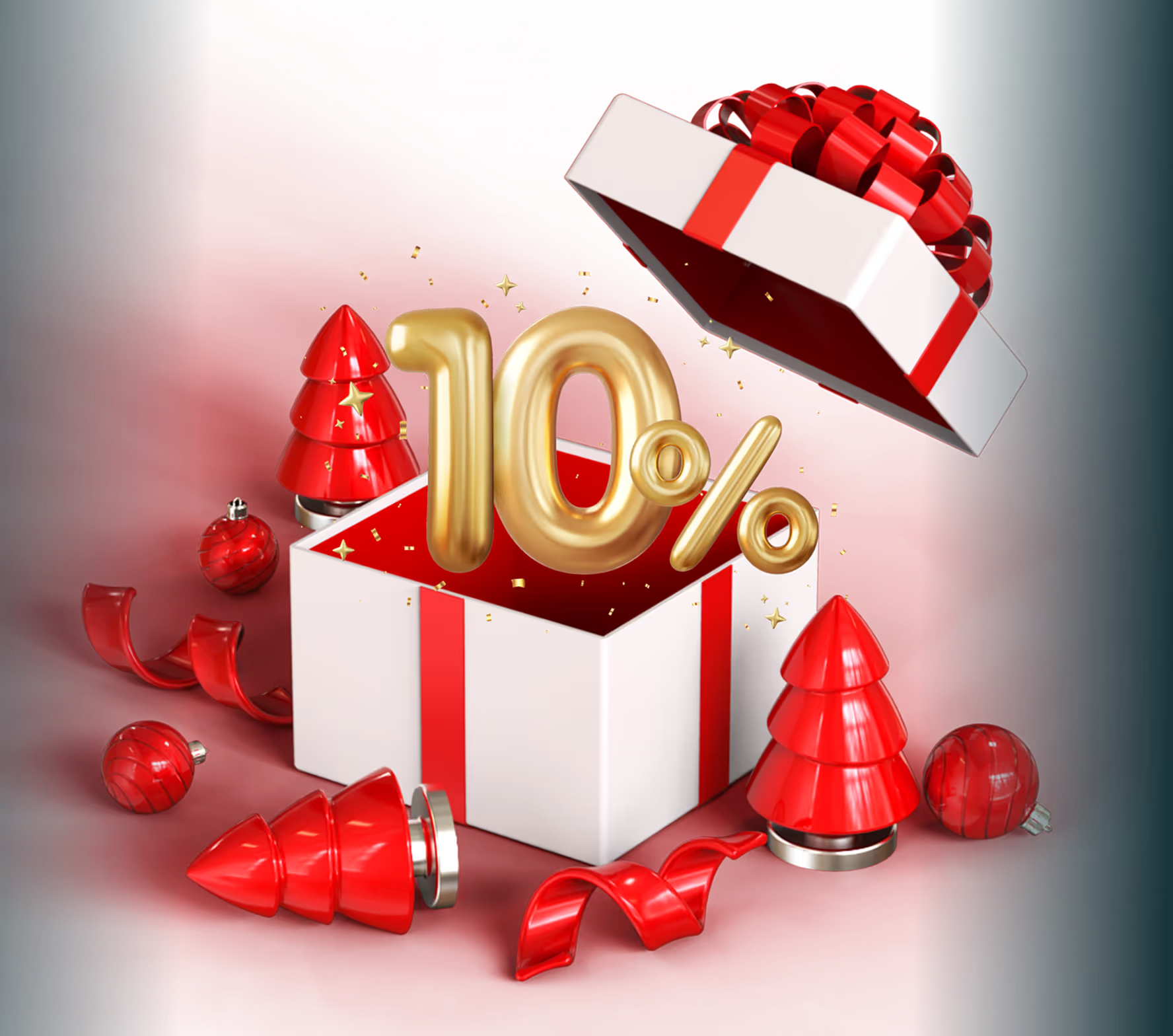






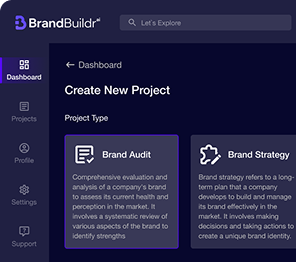











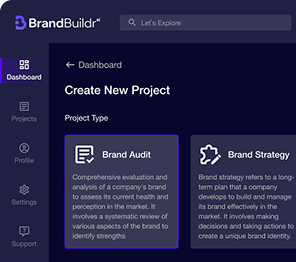

.avif)

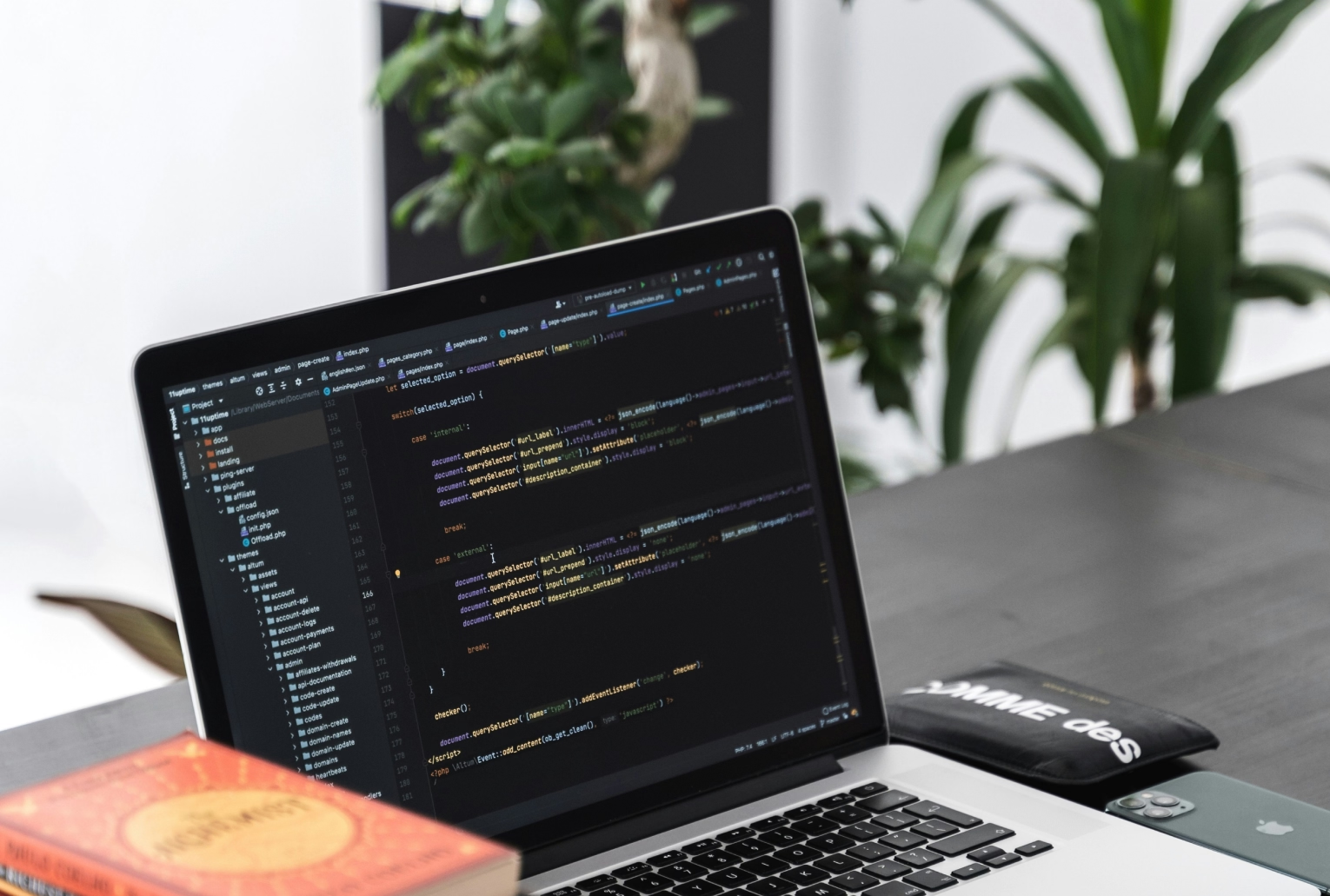

.avif)

.avif)
